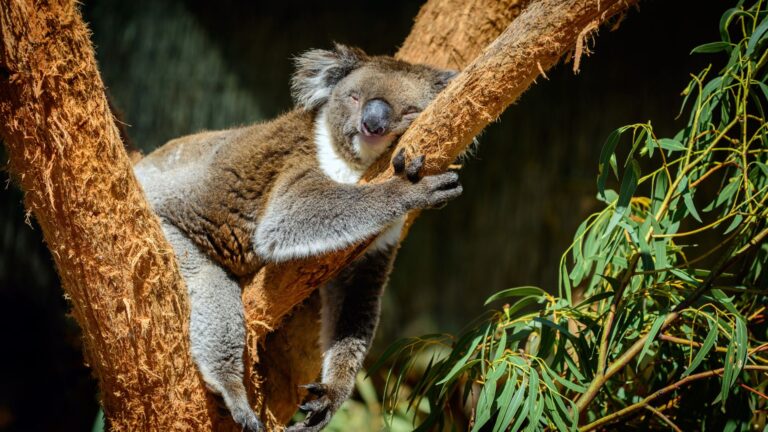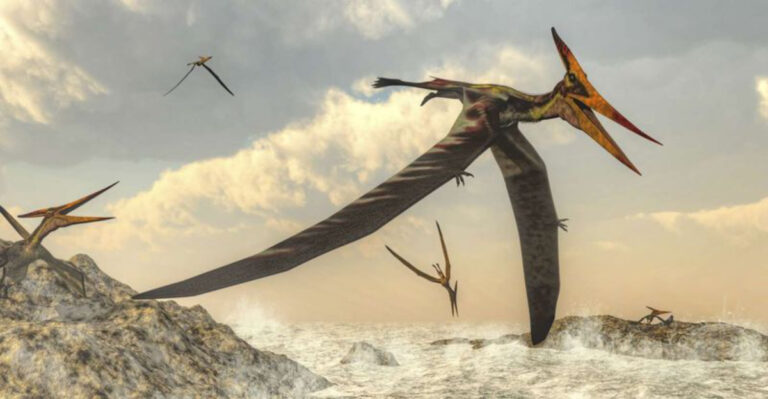11 Fossil Finds That Redefined The Limits Of Animal Size
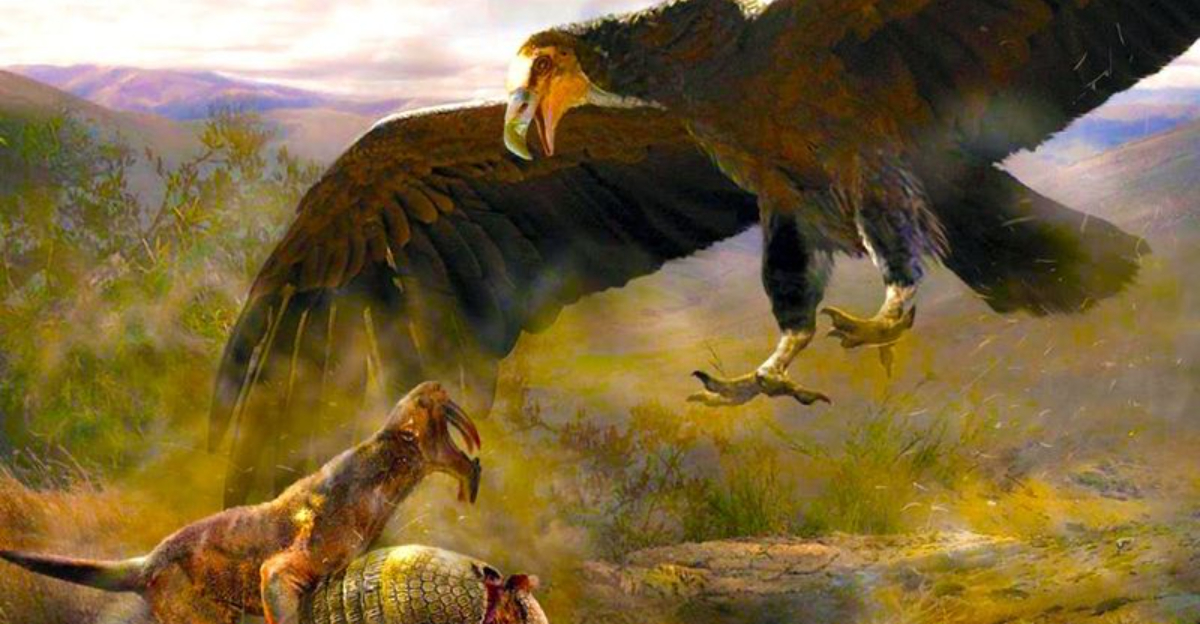
Imagine stumbling upon bones so massive they seem to belong to mythical creatures, or fossils so tiny they challenge what we thought possible for a functioning animal.
Throughout history, paleontologists have unearthed remains that have completely changed our understanding of how big or small animals could get. These extraordinary discoveries not only fascinate scientists but also help us piece together Earth’s amazing evolutionary story.
1. The Ultimate Heavyweight Champion
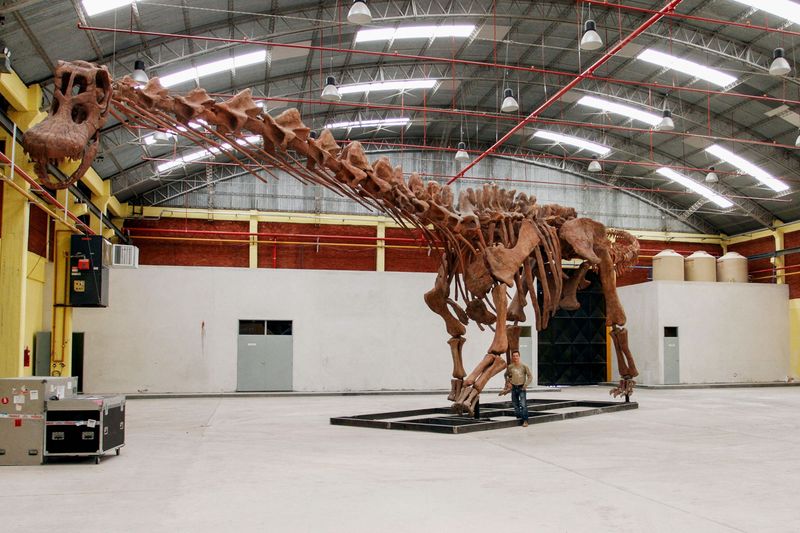
Back in 2014, Argentine farmers spotted what looked like enormous rocks in their field. Those “rocks” turned out to be the remains of possibly the largest creature to ever walk on land.
Weighing as much as 12 African elephants and stretching longer than a tennis court, this titanosaur showed scientists that land animals could grow far bigger than previously thought. The discovery forced museums worldwide to redesign their dinosaur halls just to fit this gentle plant-eater’s massive frame.
2. The Four-Winged Wonder
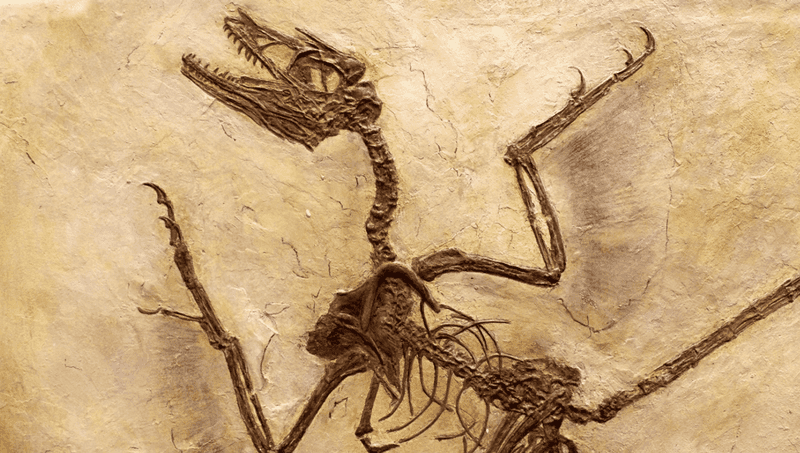
Found in China’s fossil beds, this crow-sized dinosaur shocked everyone with its bizarre four-wing setup. Scientists had never imagined dinosaurs could be so small yet so sophisticated.
Each limb sported feathers arranged like modern bird wings, creating a gliding system unlike anything alive today. This pint-sized predator rewrote the rules about minimum size requirements for dinosaurs and revealed that not all dinosaurs were giants stomping through prehistoric jungles.
3. The Bird That Blocked The Sun
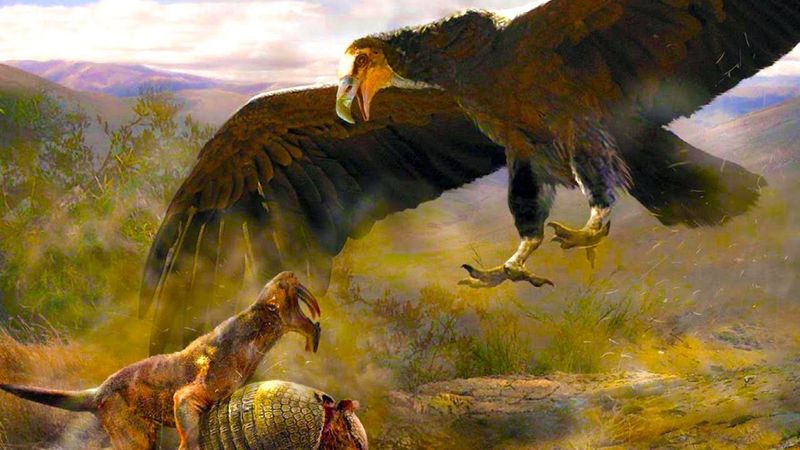
Picture a bird with wings wider than your bedroom is long. When this ancient vulture’s fossils emerged from South American soil, scientists couldn’t believe their eyes.
With a wingspan reaching over 20 feet, Argentavis soared above prehistoric Argentina around 6 million years ago. Its massive wing bones and reinforced skeleton showed researchers that the upper limit for flying animals was far greater than the largest birds alive today, which barely reach half its size.
4. The Bus-Sized Bug
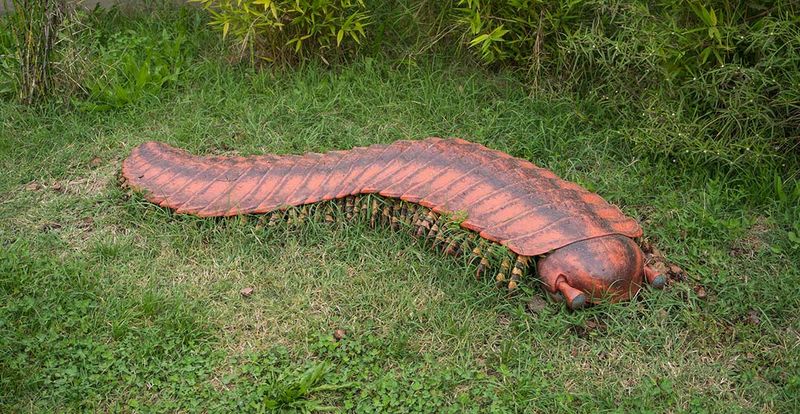
Footprints wider than dinner plates first hinted at this creature’s existence. When actual fossils turned up, paleontologists couldn’t believe what they were seeing.
This massive millipede-like arthropod grew longer than a car, reaching up to 8 feet in length. Its discovery in Carboniferous rock layers revealed that insects and their relatives once reached monstrous proportions, thanks partly to higher oxygen levels in ancient atmospheres. Nothing even remotely this large crawls on land today.
5. The Sea Scorpion Nightmare
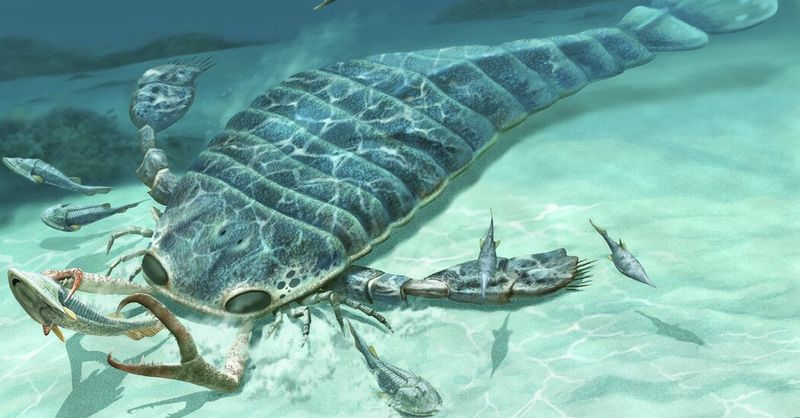
A single claw fossil unearthed in Germany sent ripples through the scientific community. Based on this fragment alone, researchers calculated this ancient sea scorpion reached over 8 feet in length.
As apex predators in prehistoric oceans, these armored giants hunted with massive pincers and spiny appendages. The discovery of Jaekelopterus proved that arthropods—relatives of today’s crabs, spiders and insects—once grew to terrifying dimensions that would make modern horror movies seem tame by comparison.
6. The Shark That Ate Whales
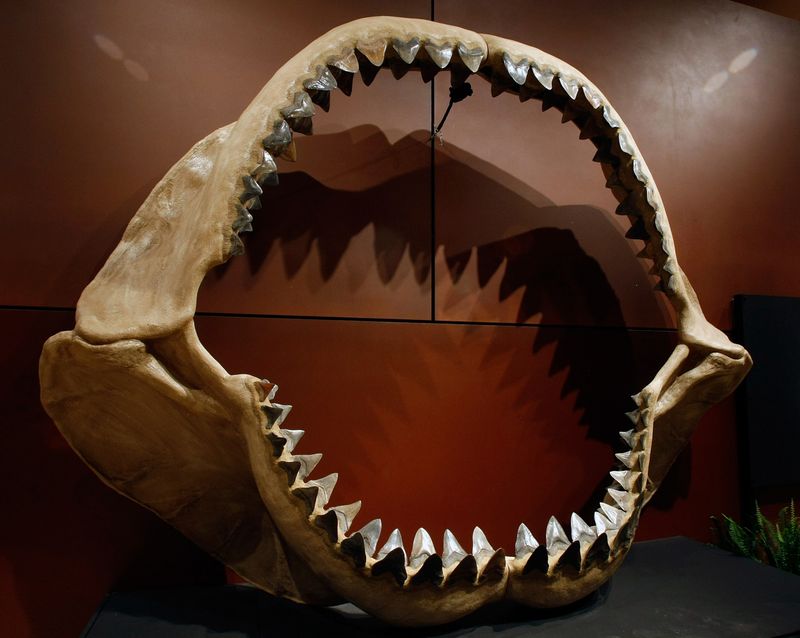
Beachcombers have been finding strange, triangular objects along shorelines for centuries. These weren’t oddly shaped rocks but teeth from history’s most fearsome fish.
Each tooth was the size of a human hand, belonging to a shark that grew to over 50 feet long. Megalodon’s massive jaws could crush whale bones with ease, as evidenced by fossil whale skeletons bearing distinctive bite marks. This super-predator showed that marine animals could evolve into perfect killing machines of unprecedented size.
7. The Head-Butting Heavyweight
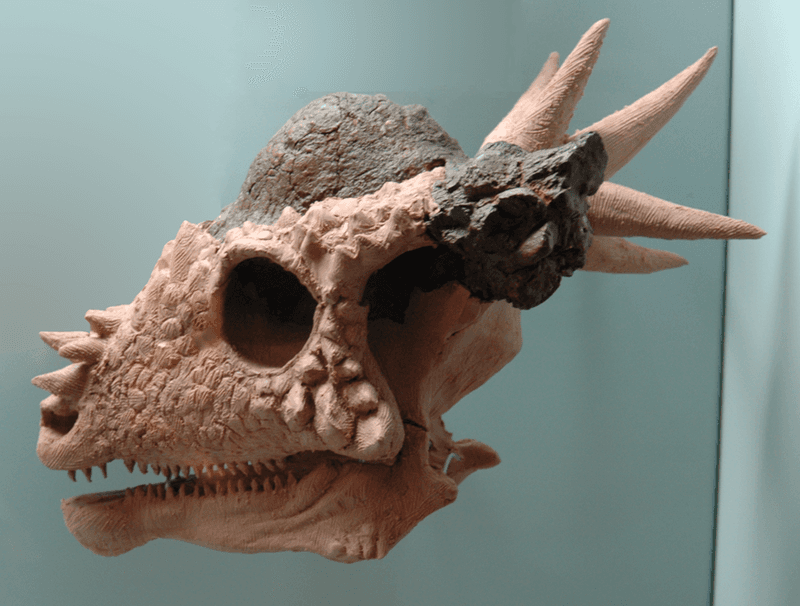
With a name meaning “demon from the river of hell,” this dinosaur lived up to its frightening title. Its most striking feature wasn’t its size but its bizarrely reinforced skull.
Covered in spikes and a thick dome of bone, Stygimoloch’s head looked like something from a medieval armory. The discovery challenged ideas about dinosaur combat and behavior, suggesting these creatures engaged in high-speed head-butting contests that would make modern rams look gentle by comparison.
8. The Bus-Sized Croc
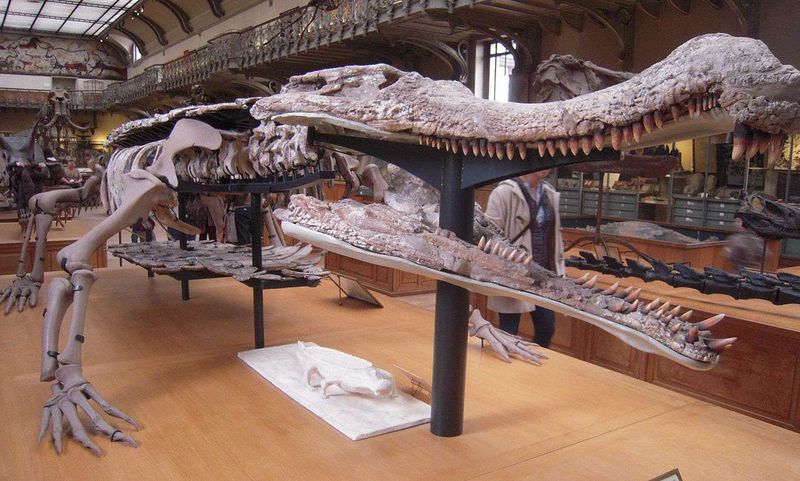
Nicknamed “SuperCroc” by the press, this ancient relative of modern crocodiles made today’s versions look like baby lizards. Found in African deserts that were once lush wetlands, its fossils stunned everyone who saw them.
Stretching over 40 feet long and weighing as much as 10 tons, Sarcosuchus had a jaw powerful enough to snatch dinosaurs from riverbanks. Its discovery proved that reptiles could reach truly massive proportions under the right conditions, challenging the notion that only dinosaurs achieved gigantic sizes.
9. The Tiny Ancestor That Changed Everything
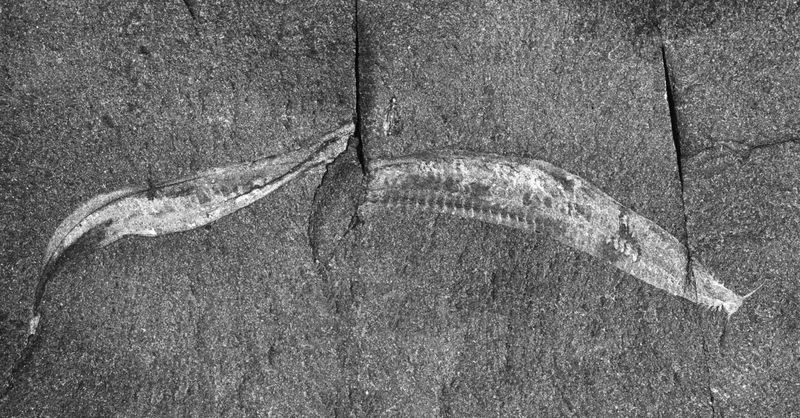
Looking more like a squiggly mark than an animal, this inch-long fossil from Canada’s Burgess Shale might be the most important small discovery ever made.
Despite its unimpressive size, Pikaia represents one of our earliest known ancestors. This tiny creature had something revolutionary: a primitive spinal cord. Scientists realized this minuscule animal was actually an early chordate, the group that would eventually evolve into all vertebrates including humans.
10. The Snake That Ate Crocodiles
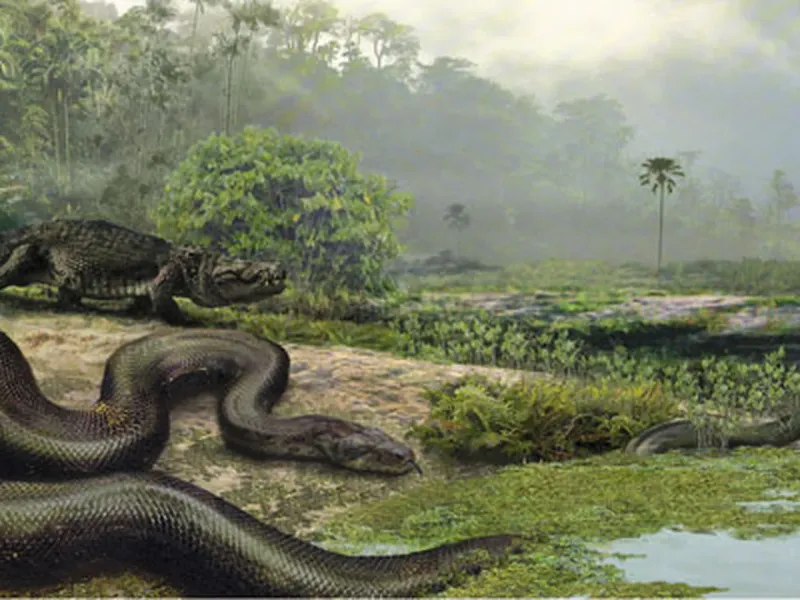
Coal miners in Colombia unearthed vertebrae so large experts initially thought they belonged to a dinosaur. The truth was even more astonishing.
These bones came from a snake that stretched longer than a school bus—over 40 feet—and weighed more than a ton. Titanoboa’s massive size shattered previous understanding of how large constrictors could grow. Fossil evidence shows it hunted crocodiles, squeezing them with a force equal to having 1.5 tons resting on your chest.
11. The Dinosaur That Feared Nothing
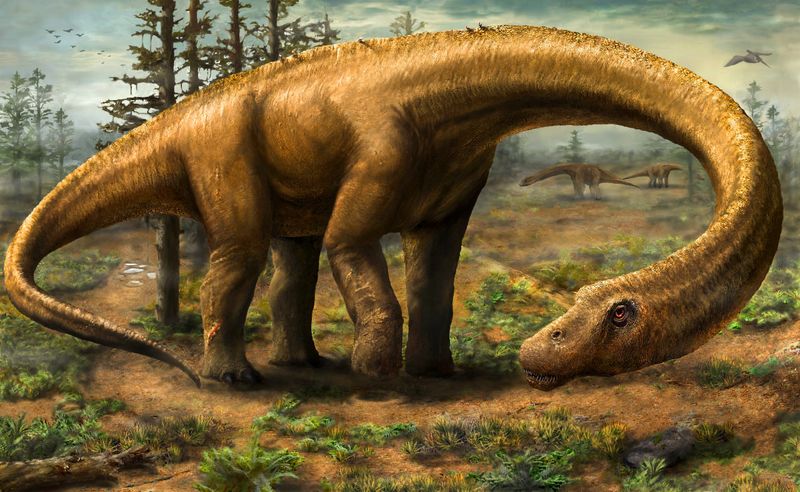
When paleontologists uncovered this titan in Argentina, they were amazed by two things: its incredible completeness and its mind-boggling size. The name says it all—this creature had nothing to fear.
Weighing more than a dozen elephants and stretching longer than a basketball court, Dreadnoughtus was so massive that scientists believe it approached the upper physical limits of how large a land animal could possibly grow. Its thigh bone alone stood taller than most humans.



